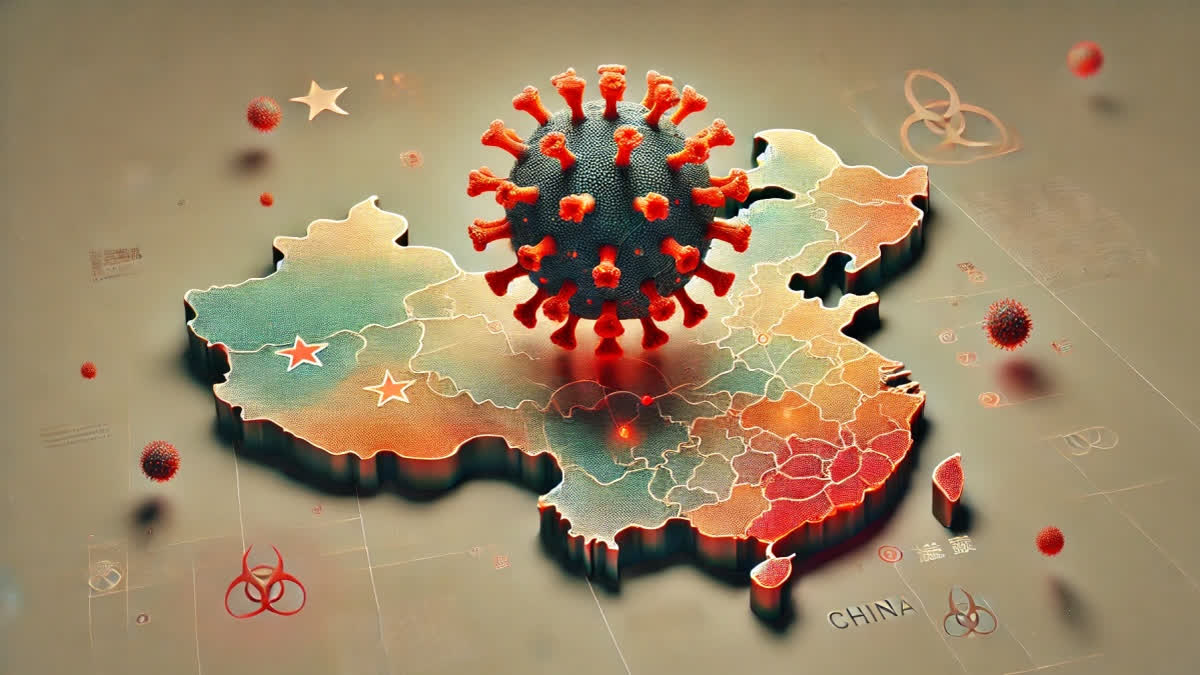A surge in infections caused by human metapneumovirus (HMPV) has been reported in China, especially in northern provinces, with children under 14 being the most affected group. The Chinese government has stepped up measures, including screening, detection, and isolation protocols, to address the rising cases. While health authorities work to control the spread, viral videos and social media posts are painting a concerning picture of overwhelmed hospitals and overcrowded facilities.
What Is HMPV, And Why Is It Spreading?
Human metapneumovirus (HMPV) is a respiratory virus known to cause mild cold-like symptoms in most individuals but can lead to severe conditions like bronchitis and pneumonia in vulnerable populations, including children, the elderly, and those with weakened immune systems.
Recent reports indicate a sharp increase in HMPV cases in China. According to Reuters, the country is also seeing concurrent outbreaks of other infections, such as influenza A, Mycoplasma pneumoniae, rhinovirus, and lingering cases of COVID-19. This combination of infections is straining healthcare resources, particularly in northern China.
Public Concerns
Videos circulating on social media platforms have captured the attention of the global community, showing overcrowded hospitals and long queues of patients. These visuals suggest that multiple virus outbreaks, including HMPV, are putting immense pressure on China’s healthcare system.
In addition to overwhelmed hospitals, reports claim that cemeteries in some regions are struggling to manage the increased workload, sparking further anxiety among citizens. However, these social media reports are not verified by health authorities in China.
Why Are These Infections Emerging Now?
Several factors may be contributing to the rise in HMPV and other respiratory infections in China:
Seasonal Patterns:HMPV tends to peak during colder months, aligning with the current winter season in China.
Post-COVID Vulnerabilities:Prolonged mask-wearing and limited exposure to viruses during the pandemic may have weakened population-level immunity.
Concurrent Outbreaks:The simultaneous spread of multiple respiratory pathogens is exacerbating the situation.
Common Symptoms of HMPV
Mild symptoms are cough, runny nose, fever, and sore throat. Severe symptoms include wheezing, difficulty breathing, bronchitis, and pneumonia, especially in high-risk individuals.
Treatment and Management
